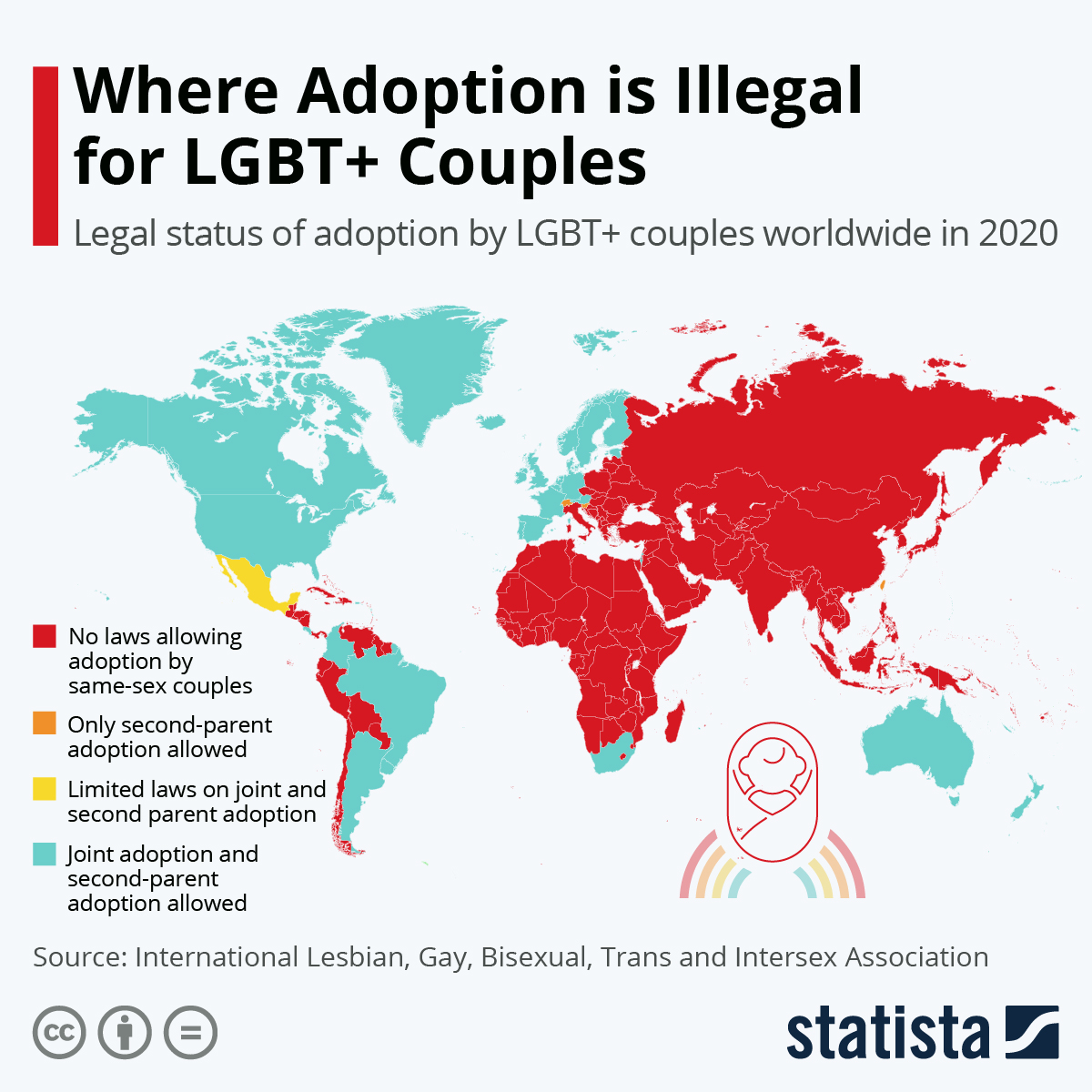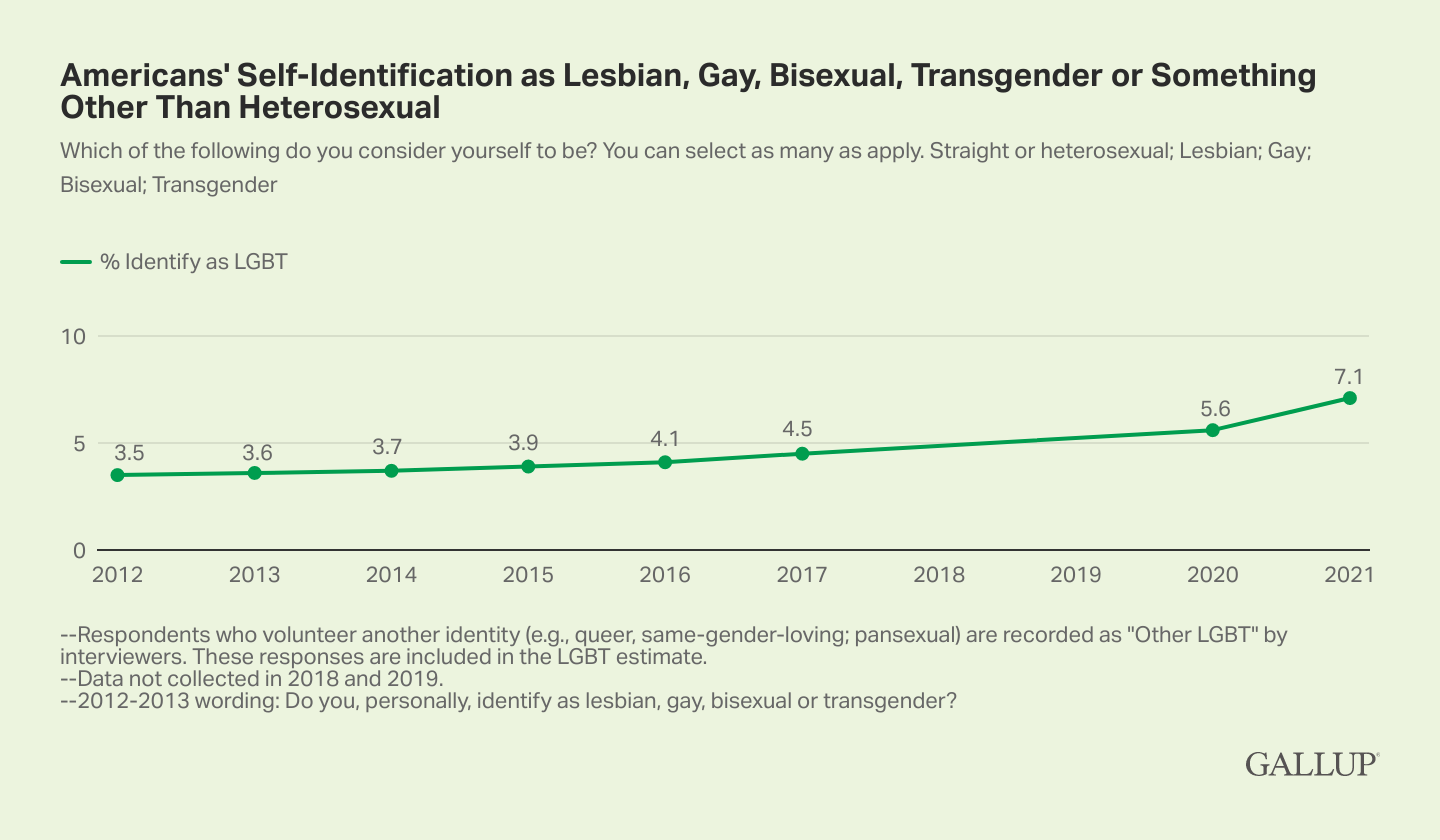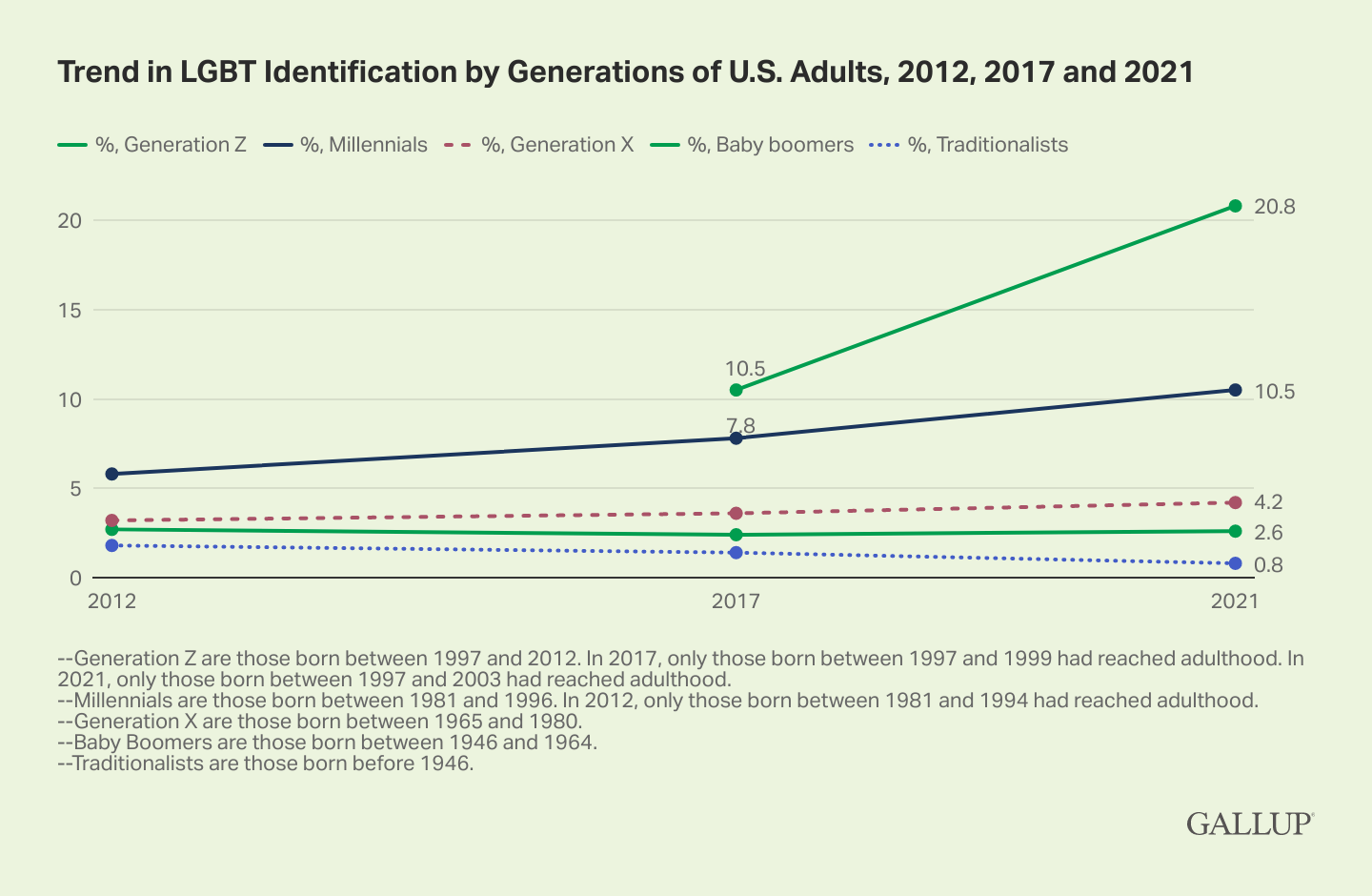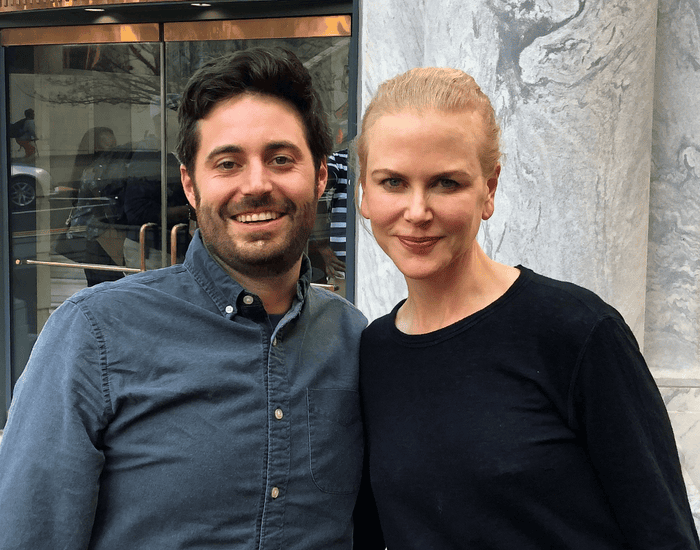"Мой жених - военный, и у него есть любимый. Но я должна выйти за него"
Илона Громлюк BBC News Украина
 У Леды нет даже обручального кольца. "Какие времена, такая и невеста", - говорит она
У Леды нет даже обручального кольца. "Какие времена, такая и невеста", - говорит она
33-летняя крымчанка Леда Космачевская, которая живет в Киеве, объявила, что выходит замуж за украинского военного, у которого уже 15 лет есть любимый мужчина.
Об этом решении она с разрешения жениха публично объявила в своем "Фейсбуке", прикрепив фотографию, где она сидит завернутой в покрывало, которое выглядит как свадебное платье.
"Какие времена, такая и невеста", - написала Леда. Выходя замуж за своего давнего знакомого, она хочет подстраховать его перед тем, как он отправится на фронт.
"Я беру на себя ответственность за поиск, опознание, похороны, оповещение близких и знакомых. Это я при необходимости скажу врачу, что мой муж хотел стать донором. Это я не буду просить священника об отпевании, потому что мой муж этого не хотел. Это я выполню его последнюю волю и я встречу его первой, когда он вернется с победой", - написала Леда.
Она говорит, что не хотела бы этого делать, тем более, что у ее будущего мужа есть партнер, с которым он живет уже 15 лет.
Да и сама Леда любит другого. Он тоже военный.
Но в Украине брак могут заключить только мужчина и женщина, а если брака нет, то люди официально не являются родственниками, и партнера не пустят к любимому человеку в реанимацию или в морг, не сообщат ему о пленении или ранении.
И это беспокоит военного, жениха Леды, у которого, кроме его партнера, никого нет.
 То самое фото в покрывале вместо свадебного платья. "Захотелось зафиксировать себя в моменте, посмотреть, какие у меня глаза. Эта фотография - визуализация моих чувств", - говорит Леда
То самое фото в покрывале вместо свадебного платья. "Захотелось зафиксировать себя в моменте, посмотреть, какие у меня глаза. Эта фотография - визуализация моих чувств", - говорит Леда
Леда Космачевская говорит, что никогда не ходила на марши за права ЛГБТ, но стать супругой гея согласилась на следующее же утро после того, как он сделал ей предложение - причем сделал он его по телефону.
Она говорит Би-би-си, что ей было страшно думать о том, как вообще близкие люди могут обсуждать, что делать, если кого-то из них вдруг не станет из-за войны, а тем более жутко думать об однополых парах, которым часто приходится скрывать свои отношения.
"Он сказал мне, что больше всего боится оказаться без вести пропавшим или остаться навсегда в поле, и что никто не узнает, что с ним случилось", - пересказывает Леда разговор с женихом.
Она предполагает, что именно ее этот человек выбрал потому, что знал историю про ее давнюю подругу, которую Леда поддерживала в борьбе с раком.
Леда говорит, что представляет себе кошмарные, но вполне возможные в условиях боевых действий ситуации, когда, например, погибших военных привозят в морг, а от них почти ничего не осталось, и тела приходится опознавать по каким-то фрагментам.
 За восемь месяцев войны Украина потеряла тысячи мужчин, которые были чьими-то сыновьями, мужьями и отцами.
За восемь месяцев войны Украина потеряла тысячи мужчин, которые были чьими-то сыновьями, мужьями и отцами."Зачастую это может сделать только партнер, который хорошо знает это тело. Но это не будет считаться достаточным [доказательством в случае с однополыми парами], и потому я буду проводником, тем человеком, который сможет провести партнера в морг", - объясняет Леда.
Она детально обсудила со своим будущим мужем, как ей вести себя в случае его смерти, плена, что делать с завещанием. В ближайшее время Леда познакомится с партнером этого военного.
Что при этом чувствует ее любимый, который тоже воюет, Леда публично говорить не хочет.
"Жалею, что написала про любимого", - говорит она. Вопрос о нем ей задали в комментариях в "Фейсбуке" уже десятки раз.
"Я написала про него, чтобы показать на личном опыте, что я знаю, что чувствует человек, который любит военного. Все, что я могу сказать, это то, что он знает о моем решении", - говорит Леда.
"Протест против средневековья в головах"
Она не понимает, почему Украина до сих пор никак не облегчила законодательно жизнь однополых пар.
"Если это [выглядит как мой] протест, то это протест против средневековья в головах многих граждан,
против скреп, которые были навязаны стороной, которая пытается нас уничтожить, [
это (навязчивость) выдывает сомнение, больше похоже на глубокуб укоренэнность] а также это - просьба к власти защитить всех граждан Украины, чтобы они не "выкручивались" и не страдали", - объясняет Леда.
В июне петиция к президенту Украины Владимиру Зеленскому о легализации браков для ЛГБТ набрала нужные для рассмотрения 25 тысяч подписей, но вопрос остается в подвешенном состоянии. Зеленский ответил, что во время войны такое решение одобрено не будет, но у правительства есть идеи насчет альтернативы в виде гражданского партнерства.
Однако прошло пять месяцев, а шагов в этом направлении не видно.
 Прайд в Киеве в 2018 году
Прайд в Киеве в 2018 году
В украинском обществе идея легализации однополых партнерств все еще очень непопулярна. Об этом, кроме прочего, свидетельствует и большое количество негативных комментариев под постом Леды.
Леда называет бурю, что разразилась в комментариях под ее постом, "порталом и в рай, и в ад": хоть там и нахлынула большая волна оскорблений и непристойностей, никто из близких ей людей не высказался против.
Кроме того, среди комментаторов много и просто незнакомцев, которые называют поступок девушки смелым, поддерживают ее и одновременно поражены тем, что дело дошло до таких крайностей.
В целом отношение украинцев к ЛГБТ и их гражданским бракам понемногу меняется. В 2016 году более 60% украинцев относились к ним негативно. Сейчас этот показатель упал до 38,2%, и на 20 с лишним процентов выросла доля тех, кто поддерживает идею позволить однополым парам регистрировать гражданский союз - это почти то же самое, что брак, но без права на совместное усыновление детей.
Леда тегнула в своем посте президента и его супругу Елену Зеленскую: "Думаю, она может понять партнера, у которого муж или жена рискуют жизнью. Я читала ее интервью про то, что происходило [у нее дома] 24 февраля, и задумалась про ответственность в паре. Возможно, до нее дойдет эта история, и она сможет повлиять на решение вопроса".
"Может, это наивно, но я надеюсь на женскую солидарность", - говорит Леда Космачевская.


































